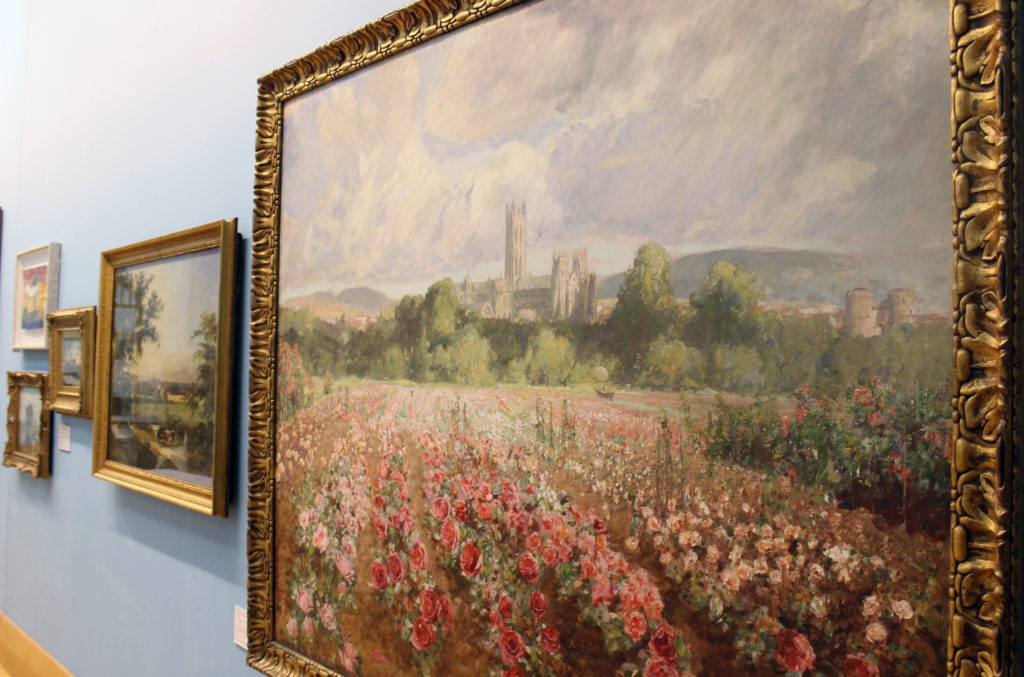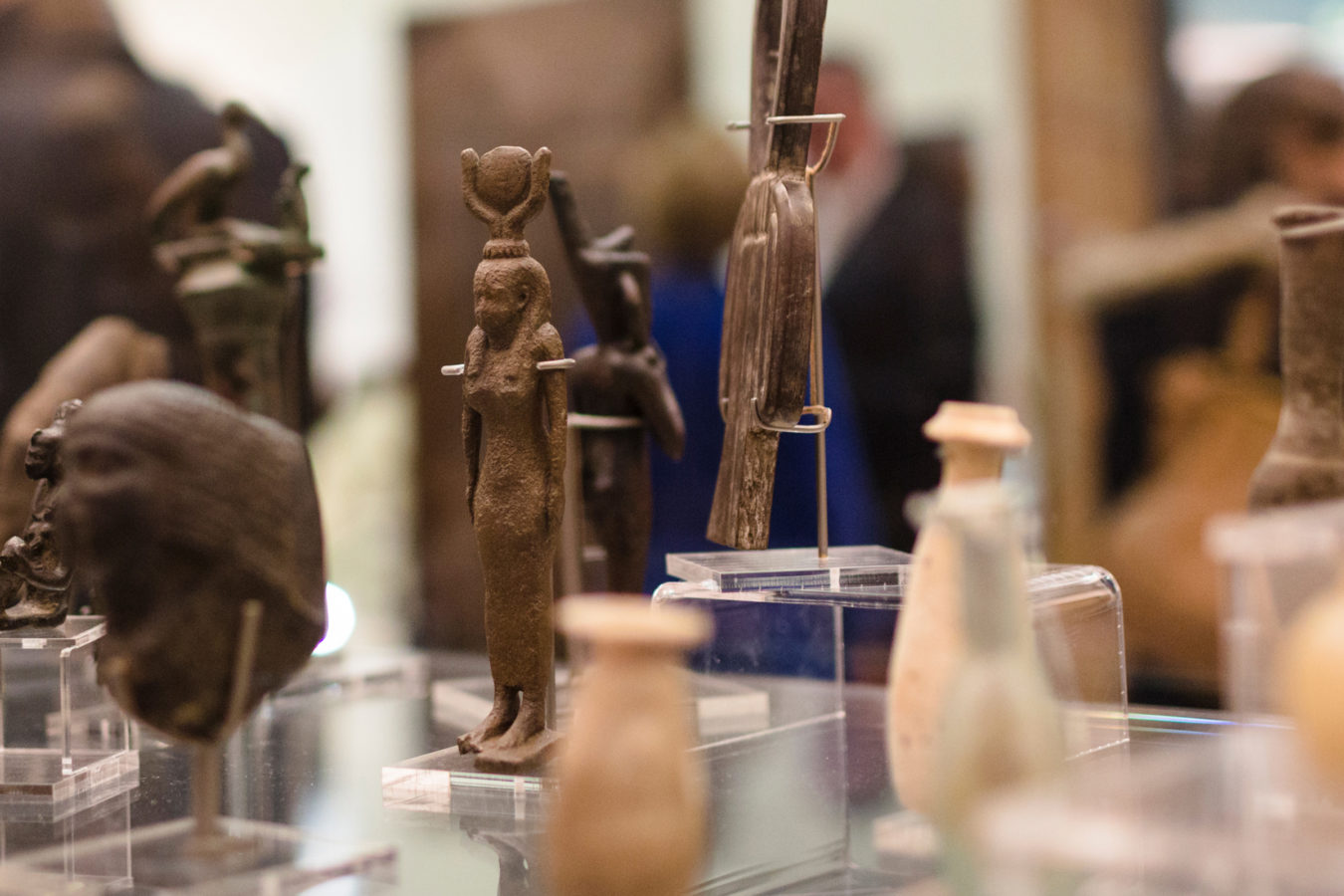
Easter fun at the museums!
Exhibitions, trails and activities; six fun things for all the family to enjoy at The Beaney and...
Patricia Wilson Smith, Artist and Curator, take us through the journey which led her to curate ‘Canterbury at War’; a new exhibition in The Beaney Front Room gallery.
I decided I would make an anti-war project: each month during 2014 I’d make an artwork that expressed my dismay, and helplessness, and anger at the persistence of violence and aggression in the world. I record my work on a blog called ‘One Hundred Years of Industrialised Warfare’.
About halfway through this year I was asked if I’d like to curate the research of 6th form students of the Simon Langton Grammar Schools in Canterbury. They had been learning about the First World War through the University of Kent’s ‘Gateway to the First World War’. It seemed to me that here was an excellent way to learn more about a subject that appalled me. Unlike an art project I couldn’t go in with strategies to develop the students’ creative responses to the war. There were crucial exams looming, and the long summer holiday. The students had worked closely with Dr Will Butler at the School of History at UKC, with Martin Crowther and his colleagues at the Heritage Museum, and they’d also dipped into the Cathedral archives. They’d researched archive material that related specifically to Canterbury, and people who lived here at the outbreak of war. At our first meeting the students looked at the Front Room gallery, and came up with ideas about how they wanted their research interpreted. They were interested in the differences between the experiences of men and women of Canterbury during the War. They wanted some way of tracking the development of the War, and how it was reflected in the daily life of Canterbury. They were intrigued by the discovery that memorials to the dead were inaccurate; they wanted to create a memorial of their own.
‘Canterbury at War’ interprets their research along their guidelines. There is a timeline that charts significant stages of the war against events in Canterbury. A map indicates where people lived, and how certain sites were affected by the war. In addition, some of the students have made their own interpretations. Ellie Patten wrote a poem ‘One Wrong Step’. Ella Sbaraini and Jo Thyssen have researched wartime food and compiled their own recipe book. And Fleur Elkerton has made a ‘zine about women’s experiences. Some of the boys from the Simon Langton Boys Choir have recorded songs from the post-war songbook ‘Songs that Won the War’.
Complementing this project I have been working on my own war piece ‘Flight’ for the Canterbury Festival this year. I’ve been researching the stories of the men who were shot at dawn for insubordination and cowardice. These men were pardoned in 2006, following an international campaign of nearly fifteen years. In ‘Canterbury at War’ I have introduced two soldiers of the 1st Battalion The Buffs, both executed on 24th February 1916. As far as I know their story is not recorded anywhere. But they will be remembered in my installation at St Marys Church in Lower Hardres, nr Canterbury October 18th – November 2nd.
I have found this exhibition a challenge – but I enjoy challenges! And I’ve been supported superbly by the team at the Beaney, and the Heritage Museum, and by Dr Butler, of UKC who was so generous in sharing his time and his specialist knowledge.
Visit ‘Canterbury at War’ in The Beaney Front Room | Oct 4 – 9 Nov | Monday – Saturday 9am – 5pm, Sunday 10am – 5pm | Create a Remembrance Poppy in the Explorers & Collectors Gallery upstairs [Family Activity]
